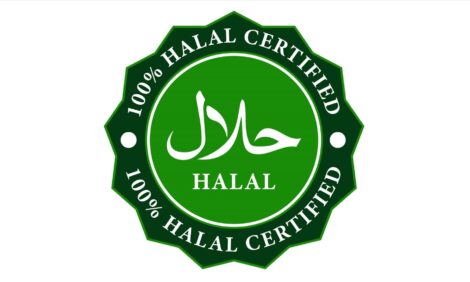



Farmer Anger at 'A and B' Milk Price Implementation
UK - Dairy farming groups are unhappy about the implementation of ‘A and B’ milk price structures in the UK market.They acknowledge the positive impact ‘A and B’ pricing could have on restraining production but have hammered processors for not consulting with farmers before introducing dual pricing.
One criticism has been that levels set for ‘A’ prices are too low, while ‘B’ prices aren’t low enough.
Addressing the Livestock Event in Birmingham yesterday, National Farmers Union dairy board chairman Rob Harrison said the NFU was “really unhappy” about the lack of consultation with farmers.
Referring to the current oversupply of milk on the market, he noted the “crude way” that ‘A and B’ pricing can regulate volume.
Farmers For Action leader, David Handley, said ‘A and B’ pricing was a “good tool” but blamed processors for using them to cut prices.
“Processors have used it as a tool to drive milk price down. The idea is to discourage large quantities of milk from being produced which we currently have on the market.
“All farm groups are trying to get A and B prices to work but we don’t want to make much noise before we come up with something concrete.”
The Agriculture and Horticulture Development Board stance was that there are lots of avenues possible with A and B pricing but that arrangements “must be made to be equitable for both parties.”
If farmers were more aware of supply levels, then educated decisions would be possible on yields, said Royal Association of British Dairy Farmers chairman, Ian Macalpine.
He said that dual pricing has the potential to give warning signs and indicate the value of marginal litres in the market.
But he added: “Unfortunately this system has been introduced with little consultation between farmers and processors and as a result the A price is probably too high and the B price not low enough.
“The idea is for the B price to reflect the processors’ exposure to the global market.”
He pointed to futures trading as another way of reflecting global market value but added that futures could be used to place risk on farmers and spare processor risk.
Michael Priestley
News Team - Editor
Mainly production and market stories on ruminants sector. Works closely with sustainability consultants at FAI Farms



